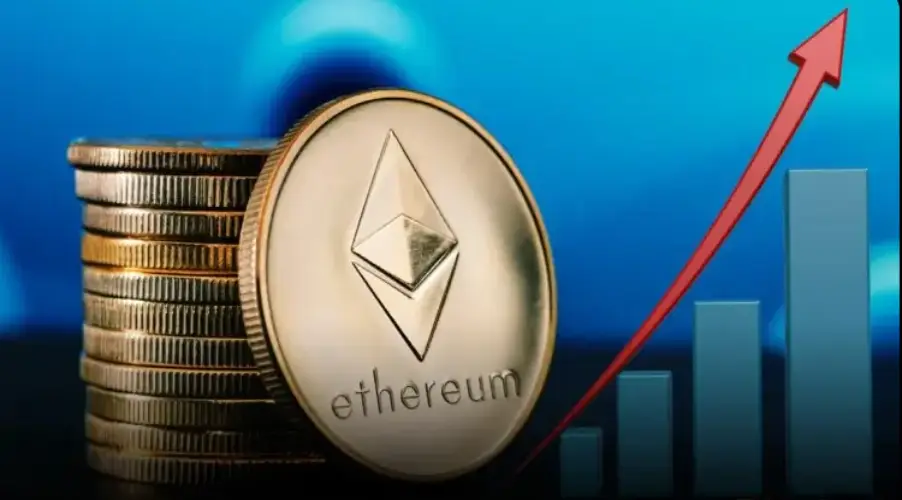- The Mexican Peso (MXN) trims recent losses against the US Dollar (USD) after a weak start.
- Mexico’s unemployment rate for September is in line with estimates, falling to 2.9% from 3% in August.
- The deputy governor of Banxico, Jonathan Heath, highlights concern about the desynchronization between monetary and fiscal policy in 2024.
The Mexican Peso (MXN) advances against the US Dollar (USD) on Thursday, erasing Wednesday’s losses after economic data from Mexico showed the labor market remains warm, portraying a resilient economy. Across the border, the United States (US) economy reported its fastest GDP growth rate in nearly two years during the third quarter, a bad sign for inflation, which could justify the Fed US Federal (Fed) the need for further tightening. The USD/MXN pair is trading at 18.22, down 0.50% on the day.
Mexico showed that the unemployment rate for the month of September fell compared to the August figure of 3%, and the data was in line with estimates of 2.9%, reported the National Institute of Statistics, INEGI. Aside from the economic data, the deputy governor of the Bank of Mexico (Banxico), Jonathan Heath, said that the desynchronization between monetary and fiscal policy due to the increase in government debt in 2024 will add “noise” to the inflation fight.
In the United States, third-quarter GDP grew above expectations, while September durable goods orders more than tripled forecasts. On the other hand, initial jobless claims rose above estimates, suggesting the labor market is easing.
Daily summary of market movements: The Mexican Peso comes back to life and the USD/MXN pair falls below 18.25
- Mexico’s unemployment rate for September was 2.9%, in line with estimates but down from 3% in August.
- US third-quarter GDP grows at an annualized rate of 4.9%, above the consensus of 4.2%.
- September U.S. durable goods orders rose 4.7% month-on-month, beating estimates of 1.5%, well above the 0.1% plunge in August.
- Initial US jobless claims for the week ending October 21 rose to 210,000, surpassing the previous week’s estimates and data of 208,000 and 200,000, respectively.
- On October 24, Mexico’s National Statistics Institute (INEGI) reported that annual headline inflation stood at 4.27%, up from 4.45% at the end of September, below forecasts of 4.38%.
- Mexico’s core inflation rate was 5.54% year-on-year, below forecasts of 5.6%.
- Earlier this week, S&P Global Manufacturing PMIs highlighted the expansion of the US manufacturing and services sectors during the month of October.
- The September core PCE price index – the Federal Reserve’s preferred inflation indicator – will be released in the US on Friday, which could affect monetary policy expectations.
- The Bank of Mexico (Banxico) kept rates at 11.25% in September and revised its inflation forecasts from 3:50% to 3.87% for 2024, above the central bank’s target of 3.00% (plus or minus 1% ).
Technical Analysis: Mexican Peso on the brink of further depreciation if USD/MXN rises above 18.50
USD/MXN’s bullish bias remains intact, although Thursday’s price action led to a daily high of 18.42, but the pair failed to break last week’s high at 18.46, exacerbating the ongoing pullback to exchange rates current. If sellers want to retest the psychological figure of 18.00, they must reclaim the 20-day SMA at 18.06. On the other hand, if the pair finds support around 18.20, that could keep buyers hopeful of challenging the October high at 18.48, ahead of 18.50.
Banxico FAQ
What is the Bank of Mexico?
The Bank of Mexico, also known as Banxico, is the country’s central bank. Its mission is to preserve the value of the Mexican currency, the Mexican peso (MXN), and set monetary policy. To do this, its main objective is to maintain low and stable inflation within the set levels – at or near its target of 3%, the midpoint in a tolerance band between 2% and 4%.
How does the monetary policy of the Bank of Mexico influence the Mexican peso?
Banxico’s main tool to guide monetary policy is the setting of interest rates. When inflation is above the target, the bank will try to tame it by raising rates, which makes borrowing more expensive for households and companies and thus cools the economy. Higher interest rates are generally positive for the Mexican peso (MXN), as they translate into higher yields, making the country a more attractive place for investors. On the contrary, lower interest rates tend to weaken the MXN. The rate differential with the USD, or how Banxico is expected to set interest rates compared to the US Federal Reserve (Fed), is a key factor.
How often does the Bank of Mexico meet throughout the year?
Banxico meets eight times a year, and its monetary policy is greatly influenced by the decisions of the US Federal Reserve (Fed). For this reason, the central bank’s decision-making committee usually meets a week after the Fed. In this way, Banxico reacts and sometimes anticipates the monetary policy measures established by the Federal Reserve. For example, after the Covid-19 pandemic, before the Fed raised rates, Banxico did so first in an attempt to reduce the chances of a substantial depreciation of the Mexican Peso (MXN) and avoid capital outflows that could destabilize the country.
Source: Fx Street
I am Joshua Winder, a senior-level journalist and editor at World Stock Market. I specialize in covering news related to the stock market and economic trends. With more than 8 years of experience in this field, I have become an expert in financial reporting.







